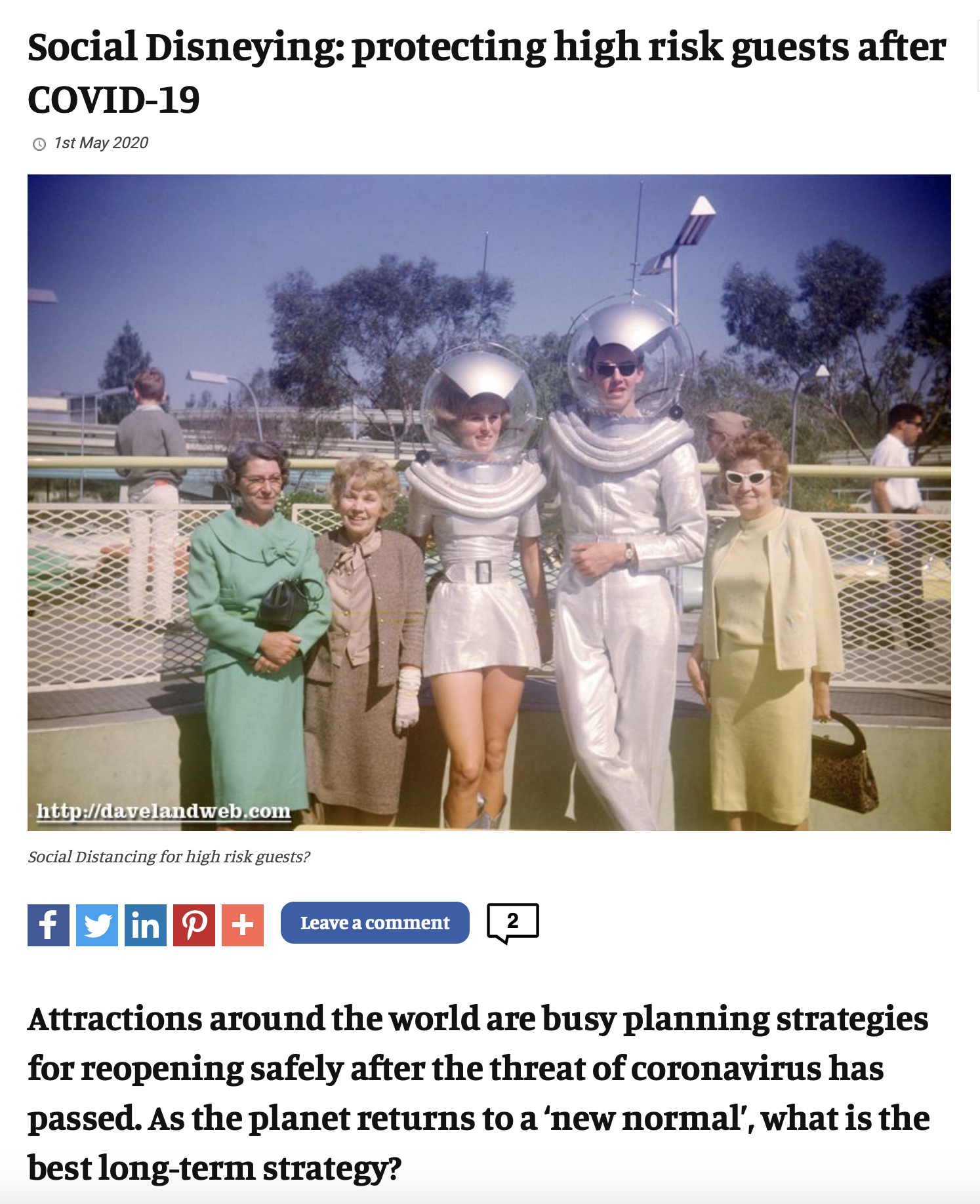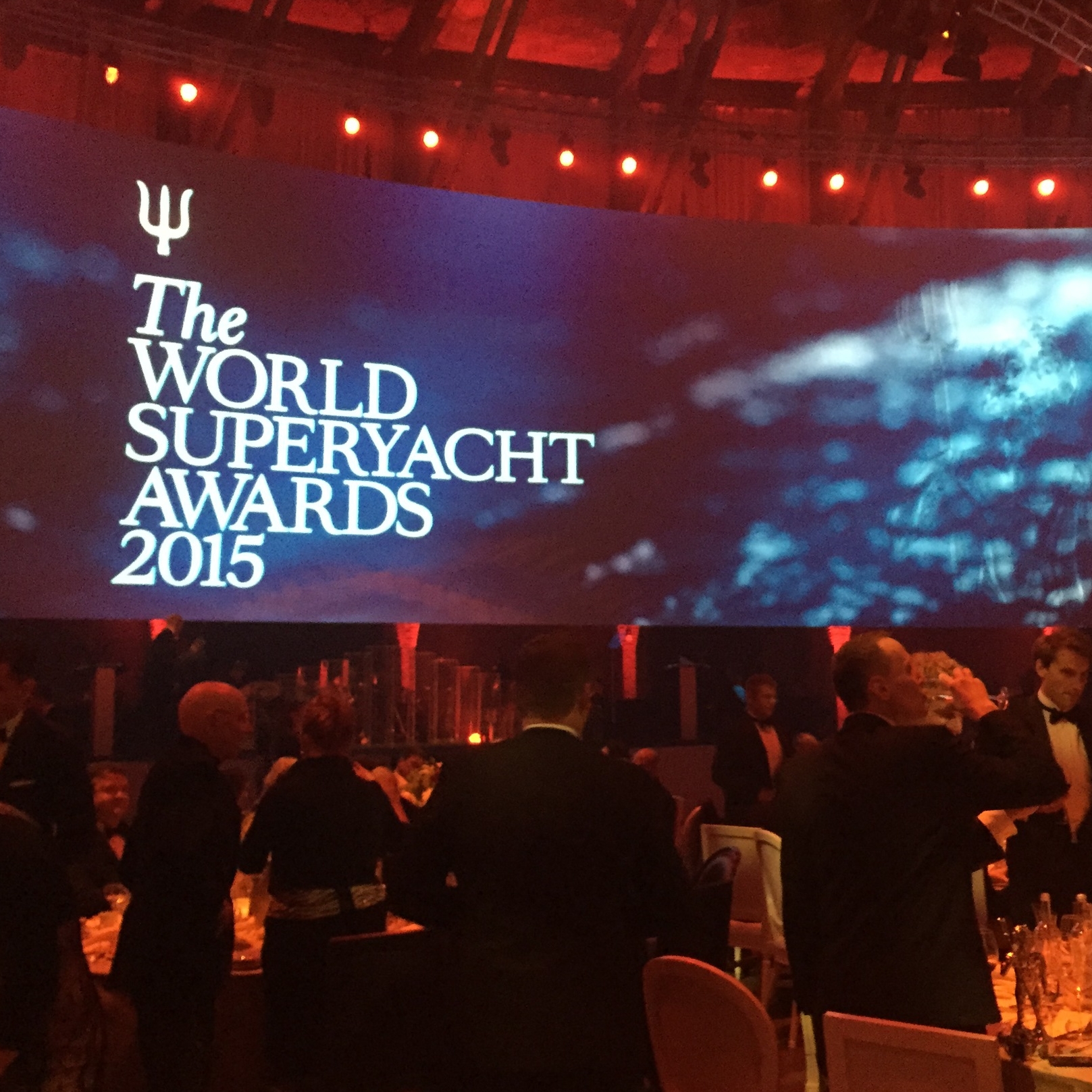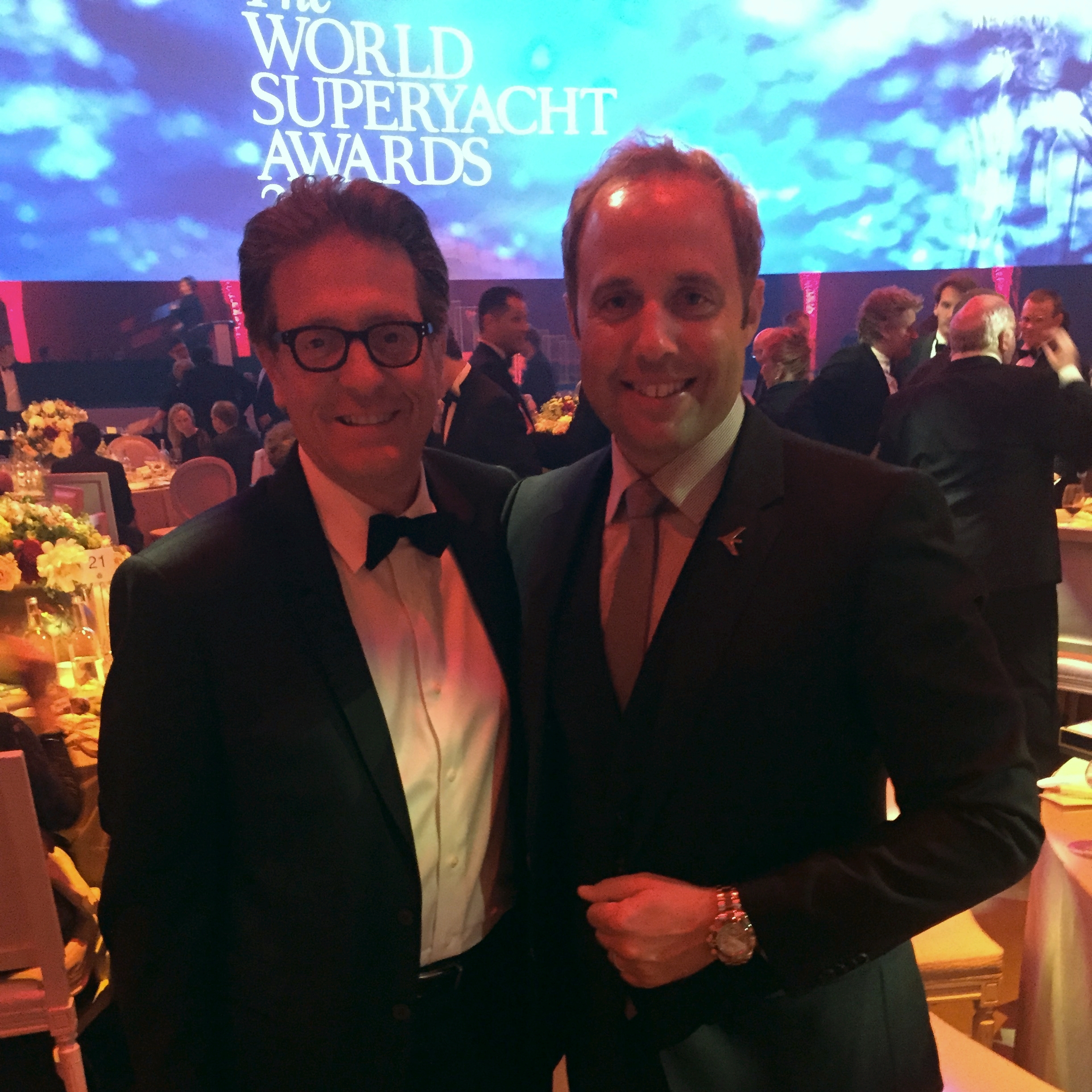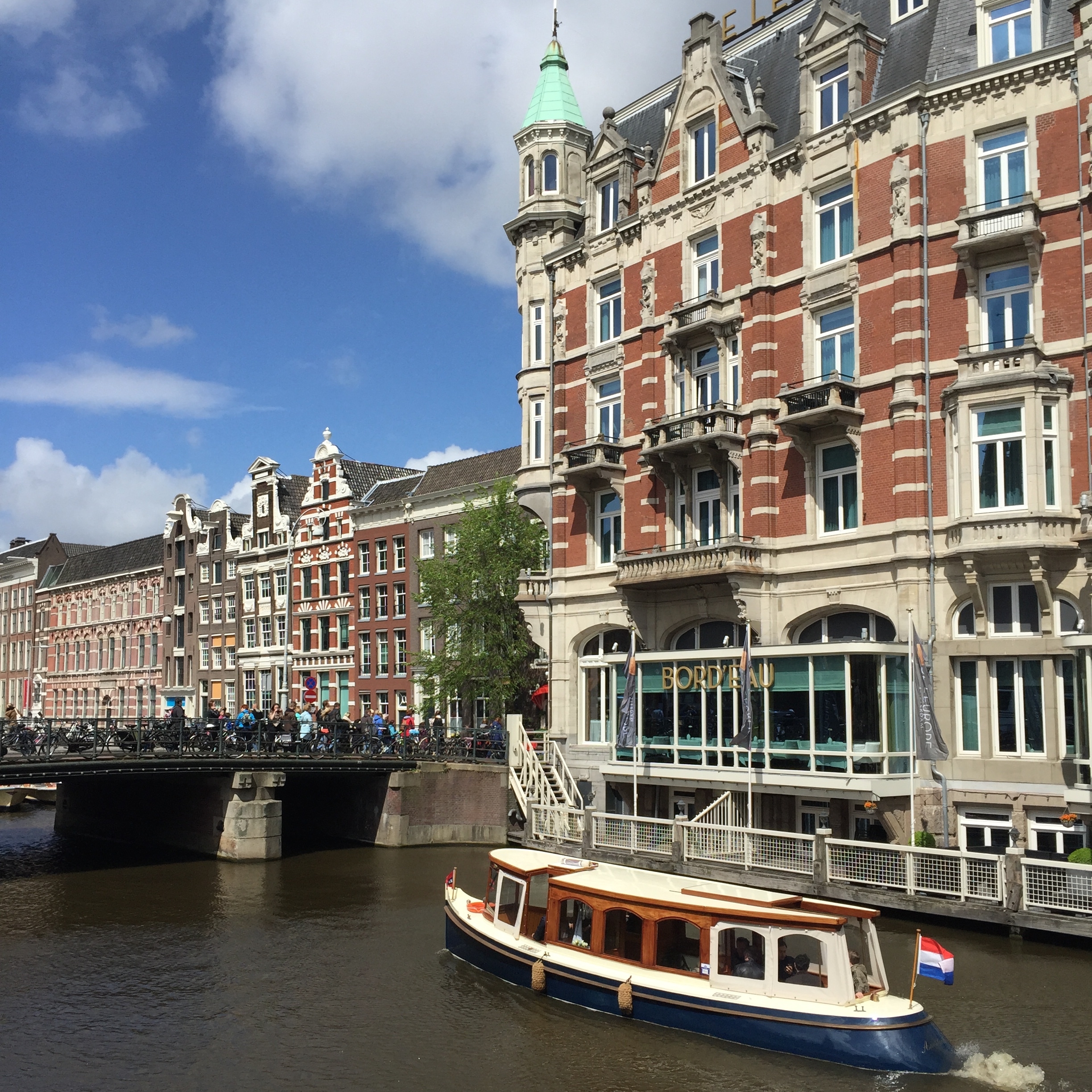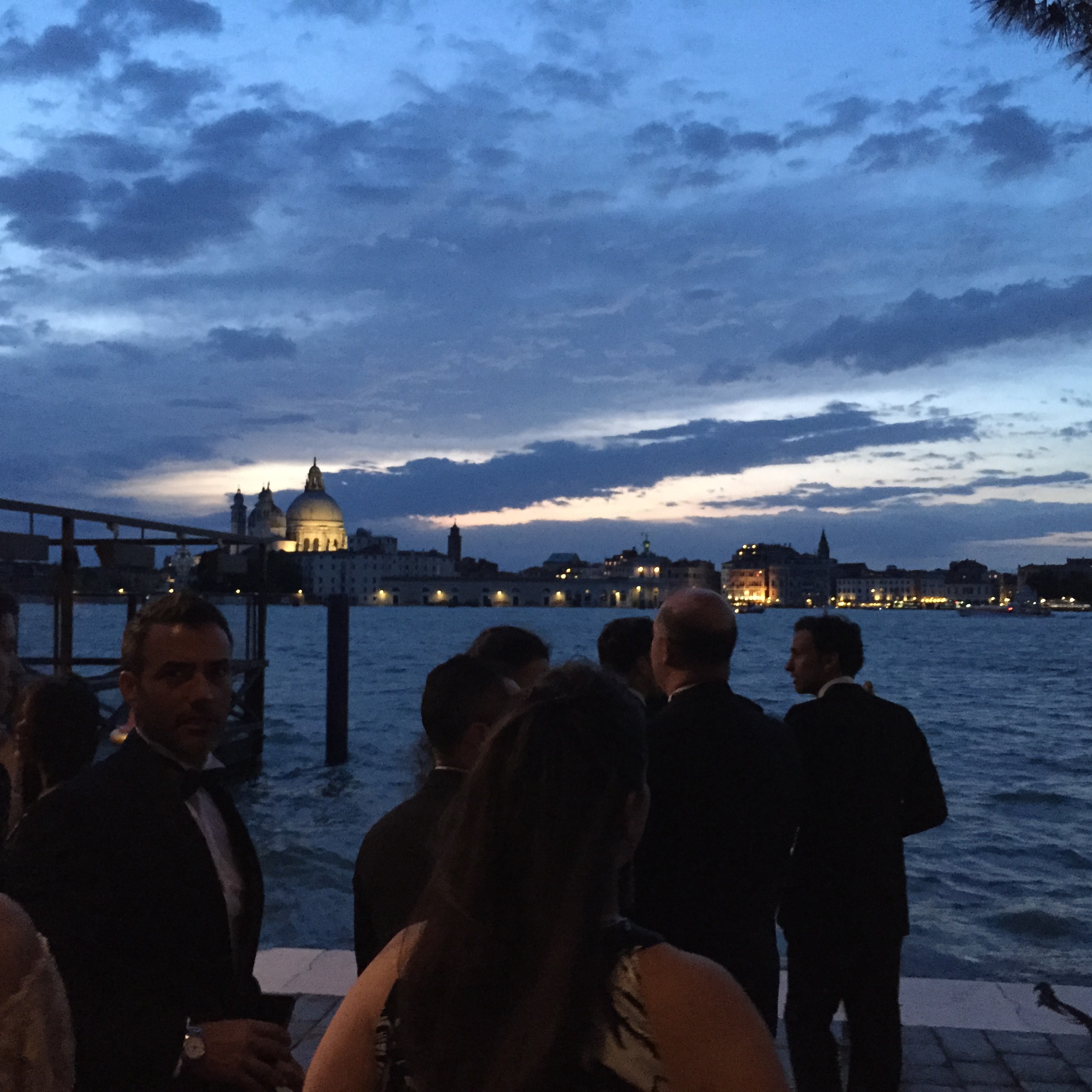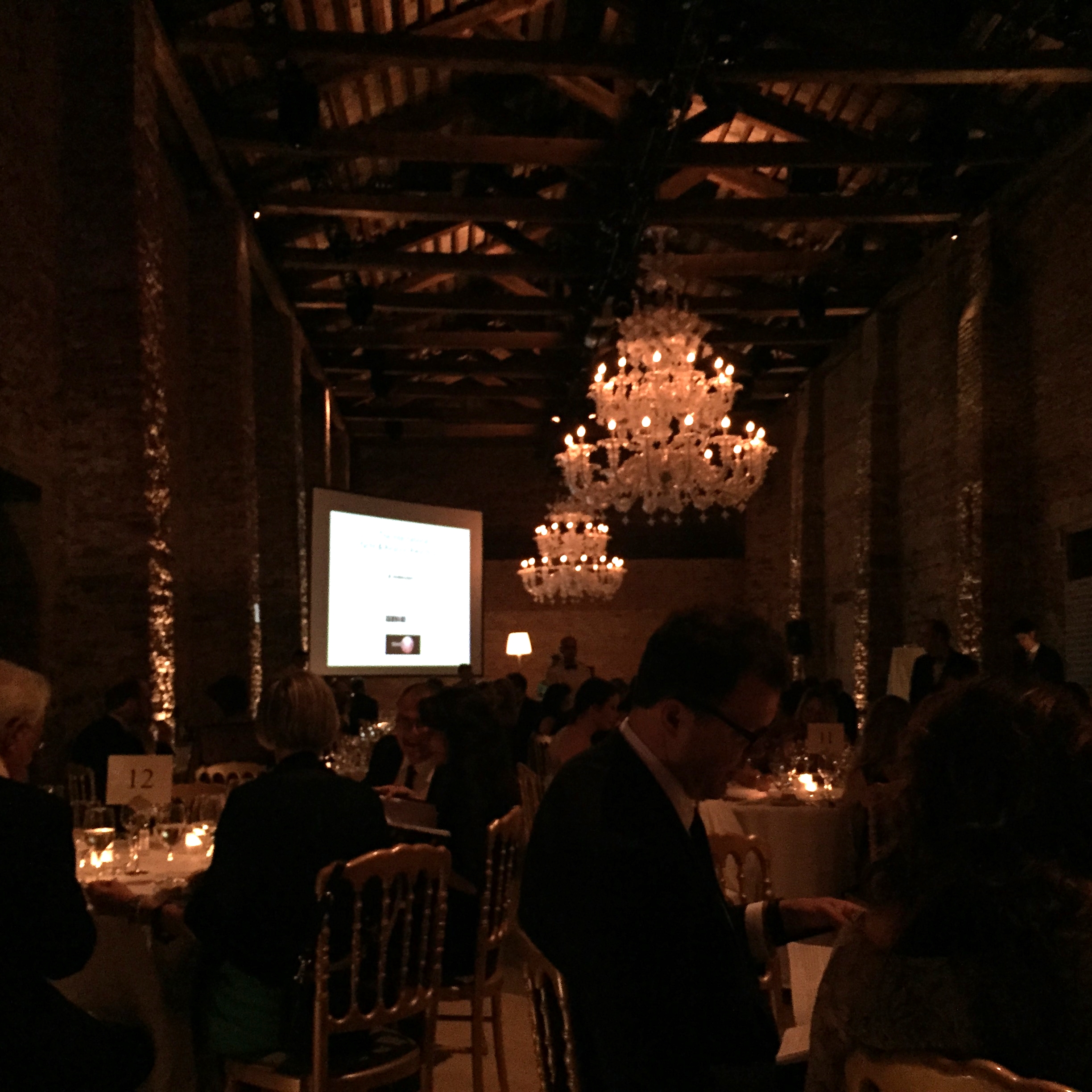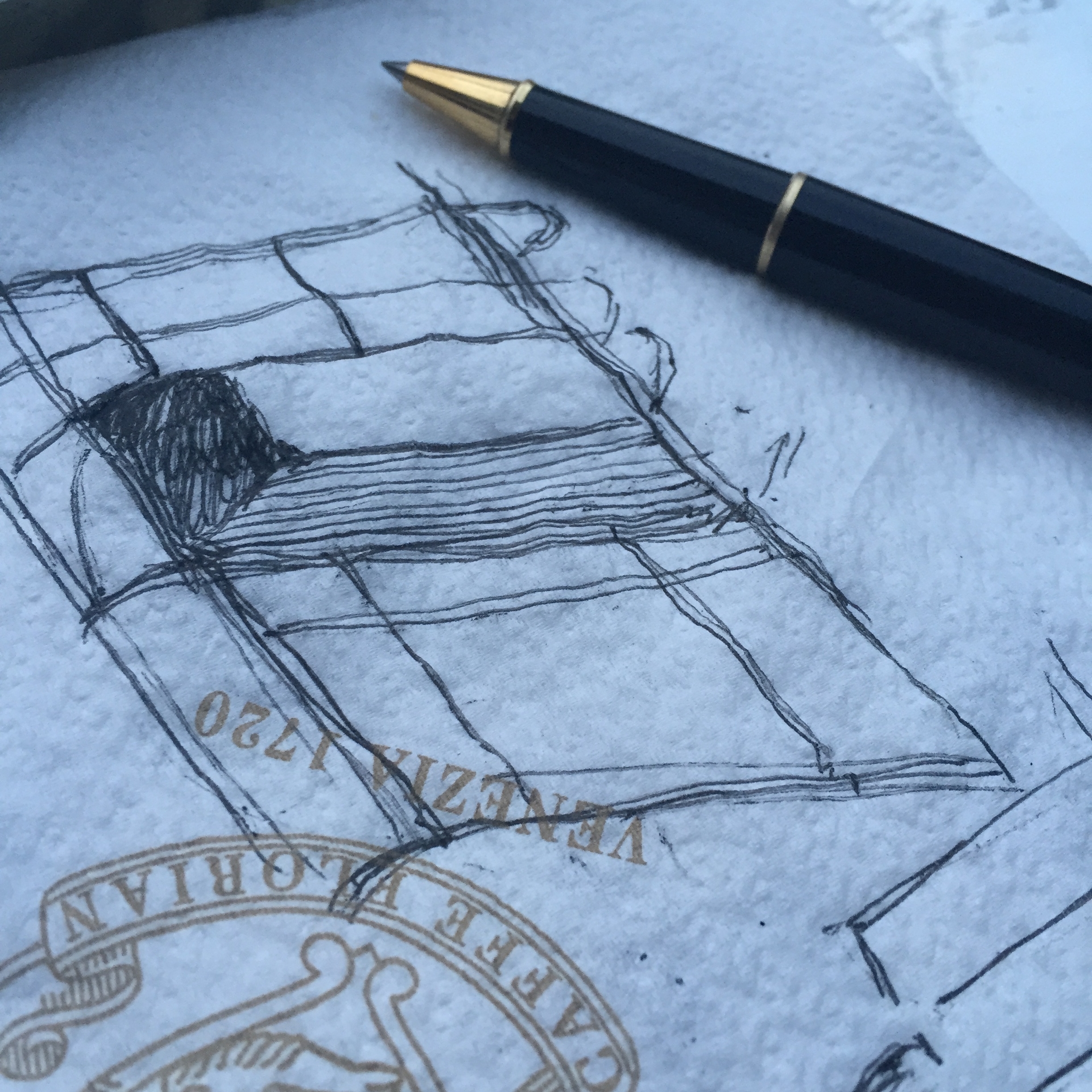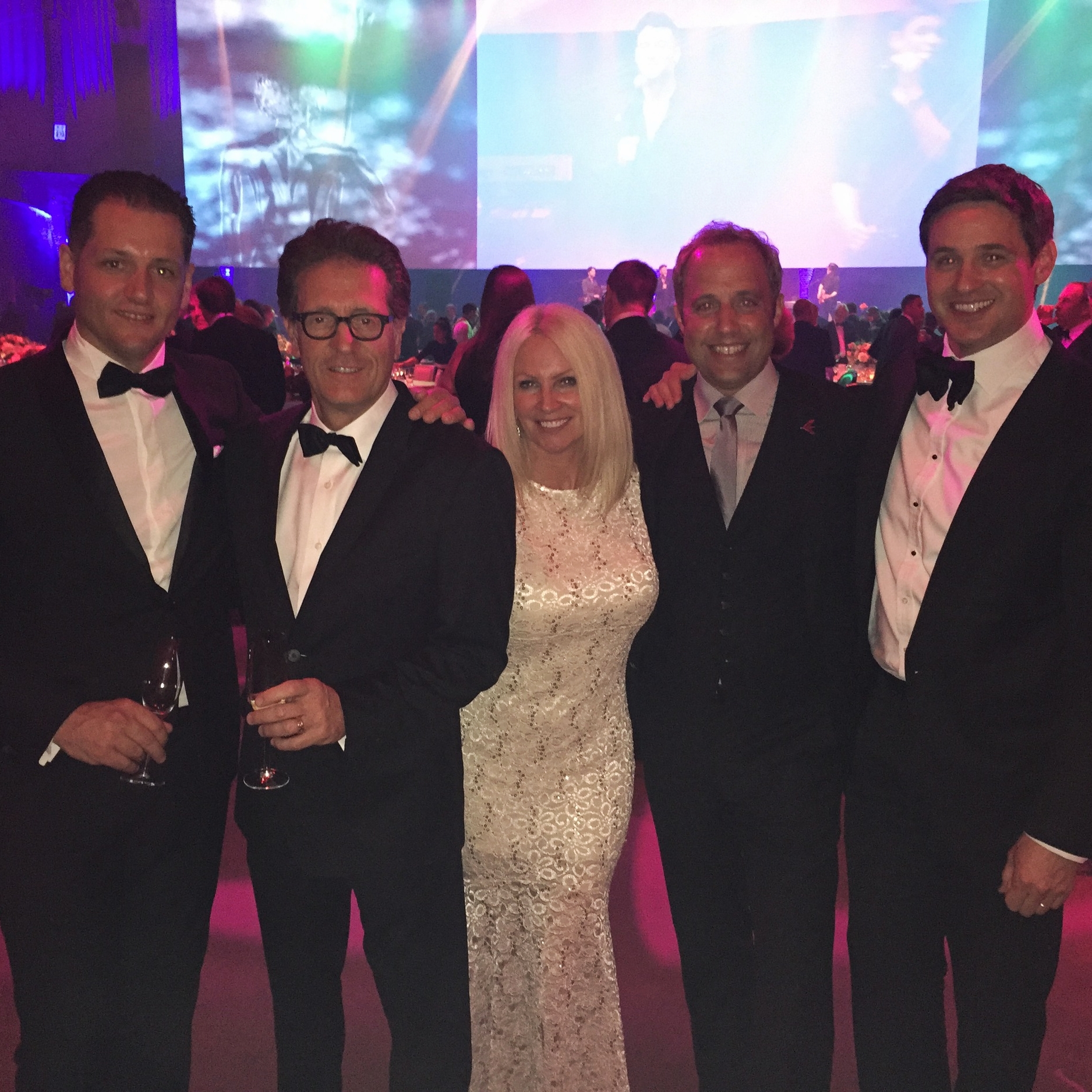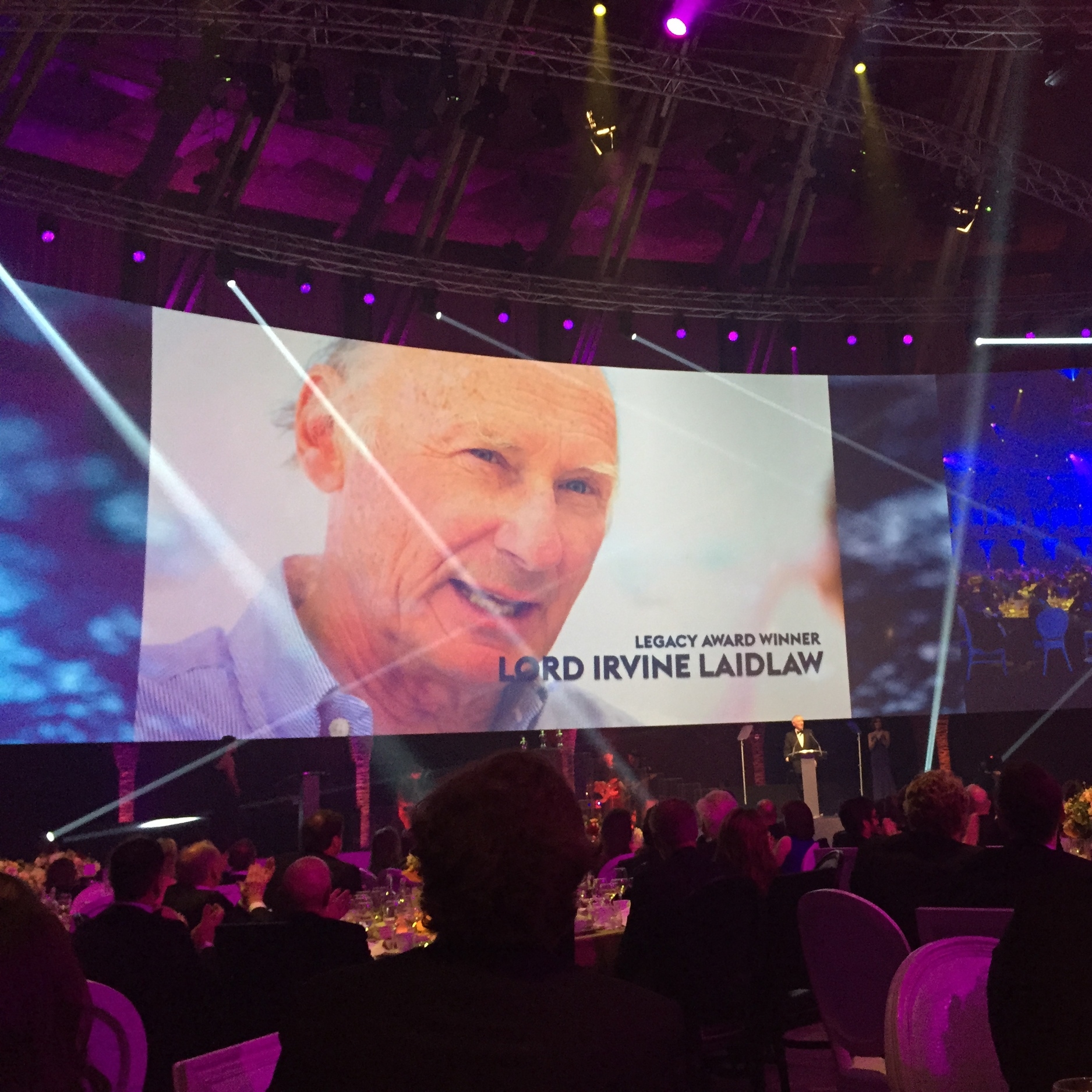After sporadically contributing articles, Eddie has officially joined the regular writing crew as a monthly columnist for the number one outdoor entertainment industry online publication , Blooloop.com. Here are links to two of Sotto’s most popular Covid-19 related pieces, as well as a link to previous articles.
In the News: Embraer and SottoStudios team up. Again.
2017 has been the year for collaboration. Private Jet Services, Katy Glynn and Skytheater, and now another project, this one commissioned by innovation leader, Embraer Executive Aircraft. In 2013 Jay Beever, VP of interior design, struck by our notion of a "yacht that can fly" took it up the ladder in a day to win the management approval for us to bring it to the Lineage. From that moment on, Beever's encouragement, expert advice, and collaborative product vision has been at the heart of a great relationship that fueled our entries into some of the best and most widely published design this studio and Embraer have ever experienced. A great collaborative force. Skyacht One, Skyranch One, and now the Manhattan all are products of this relationship. All in the flagship Embraer Lineage. A worthy follow-up to winning the IYAA for SkyRanch together! Thanks to Jay, his team, and thanks to Embraer, now let's go build one!
Innovation without Passion?
©Walt Disney Company
I was surprised to hear a colleague of mine express his desire to leave the innovation lab that he had been with for years. More surprising was his reason. It wasn't more money, a neurotic boss, or a cabin in Montana. It was about passion. I assumed that he'd burned out and needed a change. Nope. He was told by top management that the company frowns on the passion he exudes toward developing concepts, and that his kind of passion is a quality they wanted to discourage.
That set me off.
Being a passionate designer by nature (and Italian), I found this to be a disturbing comment and wondered if it was something offensive he said, or his being unreasonable. He assured me that he was told that "passion" was not a positive quality in the creative process. Stop insisting on getting it right? Just ship "good enough"? How could it be possible that within a creative culture, where corporate, (to sniff out good ideas from bad), tests their "creatives" by measuring how passionately they fight for your projects? Disney CEO Michael Eisner wrote a memo once encouraging me to always remain passionate. He scrawled "Never say die! Don't give up till they drive a stake in your heart, and then get up and try three more times!" Years earlier, Eisner himself was known for laying on the floor of Paramount Studio Chief, Barry Diller's office, blocking his desk until he heard a "yes" to making a little film called "Raiders of the Lost Ark". Diller realized that "Mike most know something we don't". So it got the green light. That story inspired me to pitch to my boss, Disney Imagineering chief Marty Sklar what ultimately became "Mission:Space", a theme park attraction. We had no budget to produce a presentation, but a unique idea for a Rocket ride. In the hallway outside Marty's office, I explained the experience by laying on my back looking skyward in a suit and tie, mimicking the mission control com-chat, pretending to fly the Space Shuttle, suspended between two office chairs! Making due, it demonstrated the unique guest experience of vertical blast-off. At first, I think he wanted to call Security, but in the end, Marty saw the potential and funded development. "Mission:Space" has been part of Walt Disney World's EPCOT Center for more than a decade.
This passion thing still did not pass the smell test. Why would someone in a creative organization discourage it? Maybe it's not the passion, it's the side effects. Ask your doctor if passion is right for you.
The dark side of persistence.
In all fairness, a "can-do" attitude can lead to lots of problems, as your team might believe they can do something they may not be qualified to do, or worse, rise to the occasion. Passion can jump to premature conclusions when improperly applied. Enthusiasm is contagious, hard to manage, and managers are scolded when the creatives run wild. At one firm, our team was told to stop this "can-do" spirit because their engineers were getting too excited and who knows what would happen then? They might actually invent the future! True story. On the same token, being overly passionate, especially if you are persuasive, could lead into follies of design, goose chases and fiscal disaster, no? I guess it depends on knowing the goose you are chasing, when to make your case, and then backing off before you are thrown off the cliff.
Being a creative design consultant and working with many think tanks, you sometimes run into a darker reality that even passion cannot resolve. Some innovation departments might exist as Wall Street window dressing. In truth, some corporate cultures may not really be rightly disposed to actualize big ideas, as the upper management is timid. "Are we looking for refinements or breakthroughs?" It's a fair question to ask. There can be a built-in series of fiscal and operational filters that kill ideas no matter what, kind of an administrative "No" it's been called. You are encouraged to think "outside the box", but have to invent within it (Does it have to be a box?, why not a bag?) We've all seen the process where companies take a fresh idea and "puree" it in the "blander". Passion "jams the blades" so to speak, when you are the lone dissenter to the status quo. It's true that arguments that are emotionally driven without reason or pragmatism almost work against the idea. Passion may be best applied in measured doses and endurance fueled by a sound rational argument.
Creative groups are hard to deal with as inspiration cannot always be scheduled, so some posture obvious product refinements, as "breakthroughs". Making it thinner, faster, smaller, wider, based on the hit movie, anything but original. Today with focus groups, retina tracking, data mining, demographic and psychographic studies and more, management sometimes thinks intuition and gut instinct can be replaced by quantitative and predictive research. Why invent? let the data tell us. To a degree it works well. "The wise one listens" and that's true. I recall a Disney Studio strategic planner looking at bad quarterly results saying to the film Producer "Why don't you just make the "hit" movies?" Kind of says it all. Creativity unleashed is a messy and powerful force. There is room for structure, good research, planning and informed ideation, but it's easy to forget that instinct is what drives the "mind's eye". I've found that surveyed people respond, rather than create, so you have to dream it and take them beyond their imagination. Great projects have passionate champions that incite others to rally around the vision. When you are the only one who can literally taste an experience that has never existed, expressing passion is a part of bringing the "unseen" to others along with you. Walt Disney said, "It's kind of fun to do the impossible."
Passion is worth fighting for.
Make your weakness your Superpower. By Eddie Sotto
Wynn/Penske Ferrari Showcase as it opened in the Wynn Resort in Las Vegas.
Several years ago I was summoned to meet with legendary Las Vegas mogul Steve Wynn. He was building a new casino and had a wild idea he wanted to develop. Wynn wanted to put of all things, a car dealership opposite his gaming tables. I just couldn't imagine someone in a tux sparking a Dunhill uttering " Ford...Henry Ford". Of course, Wynn was out to turbocharge his own luxury resort by upping the ante with the ultimate brand, Ferrari. Of course, he's Steve Wynn, nothing he does is average. Now it made sense, you're at the tables throwing dice and a row of Ferrari's are lined up like plush teddy bears at the county fair. "C'mon Enzo!" How cool is that? Sounded like a great project.
The Showstopper
Beforehand, Mr. Wynn's staff politely advised me that Steve suffers from a degenerative eye disease that compromises his peripheral and night vision. We would have to create our presentations to allow for his limited field of view and high contrast (think looking through a paper towel tube). How do you present an experiential design to someone who might not be able to even see it? My Sicilian paranoia set in.
A Day at the Opera
In our first meeting, I was prepared to explain our experiential design process, how first we determine what you want the emotional result to be, then design to deliver it. Basically, we come up with "the wow" and work backwards. No need, Steve was ahead of the class. He opens the session with "Now before we put pen to paper and talk design, let's discuss what Ferrari feels like". Anxious to hear more, I suddenly realized he was asking me. Ferrari is interesting in that it seems very primal as a visceral driving experience, yet sculpturally sensual at rest. Romantic and dangerous at once. A long beat passed. "Come with me" Steve said and led me out of the board room, leaving his conference table of execs behind (uhoh..what did I do now?). We stood before a media system outside his office. Without a word, he popped in a video, cranked the volume to something akin to PAIN, hit "play "and out came the quintessential whine of Ferrari racing engines. We stood there for quite some time, basking in those primal screams. Out of the corner of my eye, I saw Steve staring into space as if he was enjoying an Aria at La Scala, loving every second of it. Finally, his finger tapped the stop button and the office corridor rang out into hollow silence. The hall of staffers resumed their work, not missing a beat. "That's it, Eddie, don't you love it?" I kinda did and we were both beaming. My ears were still ringing as we strode back to the conference room to brainstorm. A dream client who got it. To Wynn, form truly does follow feeling. No wonder he reinvented Las Vegas, which is about making you feel like a winner even though you may be losing. That's entertainment!
Berninis meet Berlinettas.
In developing the concept, the primal screams led us to those sensual curves. Steve wanted to display each Ferrari as the Galleria Borghese would show a priceless Bernini. Each a sculptural work of art, lit to kill. To pull out those legendary Ferrari colors, each "shadow box" had a contrasting drape, like black behind yellow, Ferrari red over black, etc. No Enzo had been displayed quite like this. Each set upon a rotating slab of black marble.
Sixth sense
During this process, could Steve's optical weakness have caused him to overcompensate with an acute ability to visualize what he so desperately wanted to see more clearly? I'm no doctor, but it seemed to be a strength. At first I was concerned that he would not be able to appreciate our designs, but instead he dove into them with a focus that was uncanny. He visualized the peripheral experience in a heightened way. Wynn imagined the experiential things like the light level or the social energy of sitting in a given location. He wasn't visualizing so much as he was sensing. He began with where the guest enters, pausing to imagine, then remarking about how emotionally one area might be stronger than the other. Wynn's narrow field of view had given him a laser tight focus on minute details and little escaped him. Given his vast Casino experience , he could really predict how spaces would be used. When imagining, we draw upon own own mental library of past experiences to complete that picture of what we want something to feel like. I can't tell you how many fragments of my own childhood have landed in projects because they visualized warmly. As simple as a color, the intimate scale of a space, or a lost scent.
Start making sense.
The gift of sight while essential, can be an handicap in reviewing design if we only consider what we can see. Pushing ourselves to sense more could be an essential step in our ideation process. Is it not just as important to imagine and sense the result than to just review some plan analytically? Too often design reviews happen around spreadsheets or mood boards without really pushing ourselves to review things from inside the project. Experiences are gathered simultaneously in real time by our senses, and to that end, we need to imagine or sense how those elements come together to know what we're out to create. You can't describe music you've never heard. I will do anything that will teleport me into the idea and build on it. Be it food, music, candles, you name it. I have to take my imagination to what I love about it before fresh ideas flow. Even if you do not see yourself as creative, you are still testing the idea by asking what it feels like and filling in those sensory blanks. Pre-sensing the unseen product gives me solid conviction in presenting and defining the project to others, as I'm pitching it from the unique position of just having experienced it!
The "Wow" abides.
When the Wynn/Penske Ferrari Maserati dealership opened at the Wynn Resort, it was so popular that they had to charge 10 dollars admission just to keep the experience from being overcrowded. Who would pay to go to a car dealer? No one. However, as an "art gallery" the cars (some worth a million or more) are presented as such justifying it's admission. Steve knew and then mined the emotional value within the product, and then positioned it to take advantage of that appeal. The Ferrari store that adjoins it outperforms the dealership as it allows non owners to participate in the Ferrari experience with logo apparel and other licensed merchandise. It opened as the top selling dealership in the country and still is a smashing success. The other fact worth noting is that Steve collects Ferraris and is passionate about them. He shared his Ferrari "Koolaid" and I loved it. Thank you Steve and everyone at Wynn.
Your own Superpower.
Can you develop your own sense of visualization and make it a superpower? Artists observe our world, then reveal it to us in a way we have not seen before. Experiential designers should do the same, but presenting overlooked sensory cues in ways we respond to. The "smell of the grass" is part of what still brings people to ballparks when they could see it closer and better on TV. Can you find the sensory essence of your own projects? Even if it's tube of lipstick you are presenting, can you describe how creamy it feels, or the simple elegance of how the tube rotates to reveal a new striking color? Dig deeper, observe, be conscious, and find the experience in everything.
If nothing else, you might find that each day is that much richer!
Eddie Sotto heads SottoStudios/LA, an experiential design and marketing studio in Los Angeles.
Eddie Sotto on Experiential Design.
The thrilling reentry tunnel of Disney World's Space Mountain ©Disney
"Fear Minus Death Equals Fun"
Eddie Sotto talks experiential design and it"s subliminal process.
Jul 30, 2015
Prior to forming an experiential design studio a decade ago, I was one of those designers Disney calls an "Imagineer". Walt himself created the term and the division of the company because architects alone could not deliver the experience he saw in his mind. Today Imagineering is known for it's talented amalgam of design and engineering misfits tasked with creating the company's theme parks and attractions. Back in 1955, Walt Disney proved he was the Yoda of experiential design with a masterpiece he called Disneyland. Never satisfied, he would stand incognito at the exits to his attractions watching his guests faces, and if they weren't blown away by what they saw, he made changes till they were. He handed down those ways, creating a culture where details matter and the experience is king. These days "experiential" is fast becoming another overused term being applied to everything from snack foods to time shares. Before it's beaten to death, I thought it might be useful to briefly share what I learned from an experiential process that works.
Formulaic Fun.
Someone asked me once what the formula was for a great thrill ride. Many things came to mind, but in the end "Fear minus death...equals fun" was all I could respond with. Why? To me, experiential design is about thinking in terms of emotional ingredients first for everything else to follow. Many gravitate to thrill rides, not expecting to die, but to exit their comfort zone, cheating death to survive reassured, feeling more alive than before. Disney legend John Hench told me once that the parks were about the reassurance of survival, a "rite of passage" of sorts for kids. Are you tall enough to ride the Matterhorn? The bigger the "Mountain", be it Swiss, Space or Splash, the greater the feeling of accomplishment, as the 12 year old somehow looks back and feels reassured as they just did the impossible. That's the magic. Without that feeling at the end, it's just another ride. I'm no psychologist, but understanding the emotional result you want at the beginning of creating a brand experience can be the key to delivering it. Disney's brand is all about how you feel in their parks. After leaving the mouse into private practice, the E in "E Ticket" stood for emotion. It was my most useful takeaway, but not always easy to do.
Start at "Wow!" and work backwards
Here's an example of emotion driving design. This was back in the 90's and we were about to add a on-board musical soundtrack to Disneyland's Space Mountain, (an indoor roller coaster through outer space). At that time, rollercoasters were still in their "silent era", accompanied only by blood curdling screams, creaking boards, and the rhythmic clatter of the lift chain. Space Mountain was more cinematic as it was telling a story within galactic environments with some sounds, yet lacked a synchronized on-board soundtrack. Like scoring a movie, we needed to first understand the "emotional roller coaster" that riders were enduring in each scene of the show, then enhance it to greater effect. We rode the ride dozens of times to get the feel (and got paid for it).
The Right Stuff
Then Disney CEO Michael Eisner wanted a recognizable classical score as in the film "2001: A Space Odyssey", but a waltz, given the dynamic speed of the ride, felt inappropriate to the action. Composer Arrin Richard and I finally settled on using a classical melody that was familiar, but with a faster tempo. Although the mood was there, it was not driven by the action and movement of the vehicle. We wanted to accentuate the G-forces guests feel when pressed into the twists, turns, and drops each rocket endures. An electric guitar "lick" or "riff" over the score might give us that effect; (think of Led Zeppelin's "Whole lotta' love"). To that end, we brought in rock pioneer Dick Dale, "King of the surf guitar", who had experienced a renewed popularity due to his music being featured in the film "Pulp Fiction". He lent us his best "licks". We rode Space Mountain after hours at least 30 times, listening and timing each solo of Dale's guitar over the score till they were synced perfectly to the action.
We soon realized that the only emotion we had not fully addressed was the "fear" in our equation. The bigger the dread, the greater the relief when the ride speeds up. This anticipation is mostly felt when each rocket creeps upward on the lift. Roughly half of the time spent on most coasters is spent on those slow sacrificial inclines where we all look down and wonder why we got on the stupid ride in the first place. To heighten all of that, we mimicked a similar moment of anxiety found in those classic 50's Sci-Fi movies; (think saucer door cracking open). The alien strains of a theremin, (a tonal oscillator) created just the right frenzy. That sense of dread climaxes as we dangle at the peak before blasting off into the galaxy. It was a great place to pause in silence before we have "ignition". Filling the silence with a lone bass drum "heartbeat" helped put one last lump in the throat. Increasing the tempo into the climatic final curve was the icing. We were finally there, the music had landed.
Need for Speed
The exit survey results of guests coming off of the attraction were very interesting. Thankfully, over 95% of the guests viewed the score favorably, but the most unexpected result was how many commented that they liked the increased speed, thinking that was the improvement. Of course, the ride system itself remained unchanged. We all believed that subtly enhancing the fear and anxiety, then relieving it with the increased tempo of the score had something to do with it. Treating an experience as a sensory system that you could adjust and hone, helped us to see that enhancing something as incidental as music and pacing could lift the rest of the experience to a much higher level. Knowing what the "wow" wants to be is job one. Next time someone says "Where's the wow?" you'll know the experience needs tuning.
Fear minus death equals fundamentals.
Skyacht One nominated for 2015 Yacht & Aviation Design Award
Proud to announce that Sotto Studios' SKYACHT ONE was nominated for an award in The Design Awards' Aviation Private Jet Concept Design category! the ceremony was held in Venice, Italy. In addition, our new Skyacht One video premiered at the 2015 Boat International World SuperYacht Awards in Amsterdam. A great launch and very positive response. Spirits ran high in both Venice and Amsterdam enjoying the company of our partners from Embraer Executive Jets throughout the two week stint. Sadly, we did not win the award, however being nominated for our first project is noteworthy and significant to the industry.
New Video. Skyacht One
This new 90 second video, premiering at the World SuperYacht Awards in Amsterdam, takes you inside the 20 passenger Embraer Skyacht One. You will believe a yacht can fly!
A virtual tour of Skyacht One. Created and Designed by SottoStudios/LA in collaboration with Embraer Executive Jets, Skyacht One breaks new ground in experiential luxury. www.skyachtone.com Edited by Brian Sottosanti

